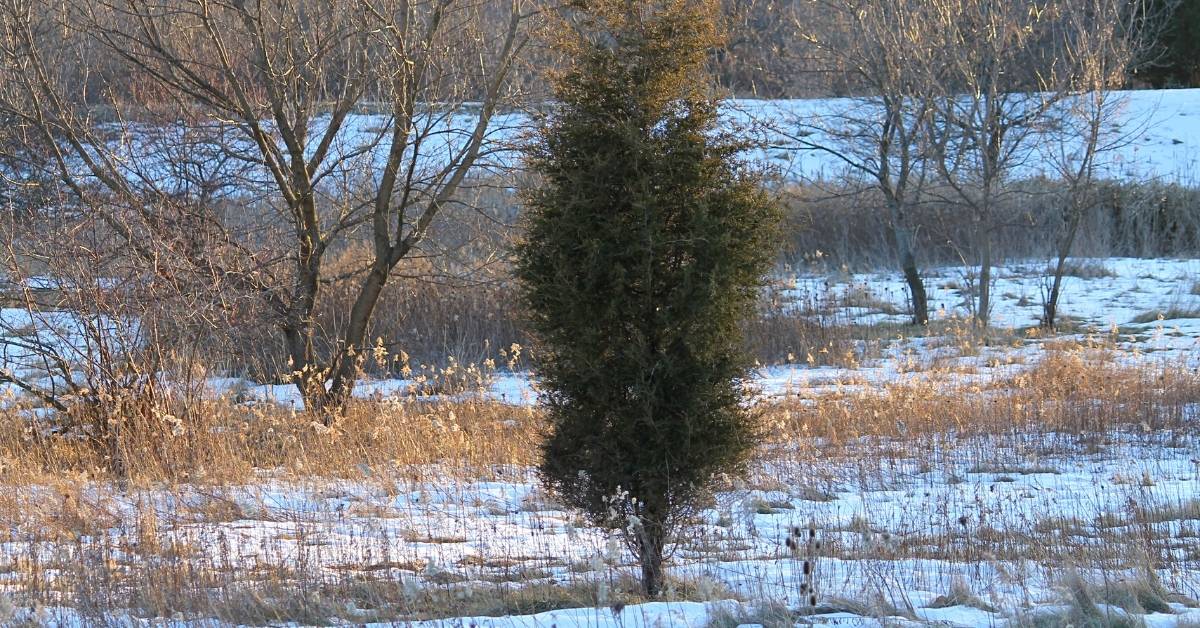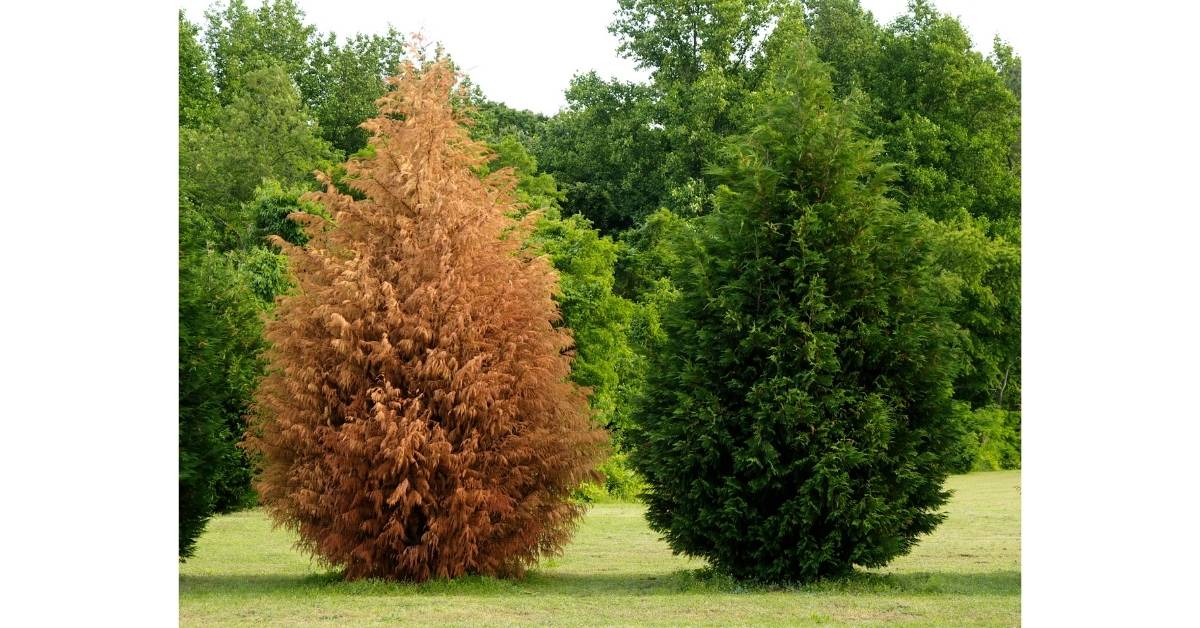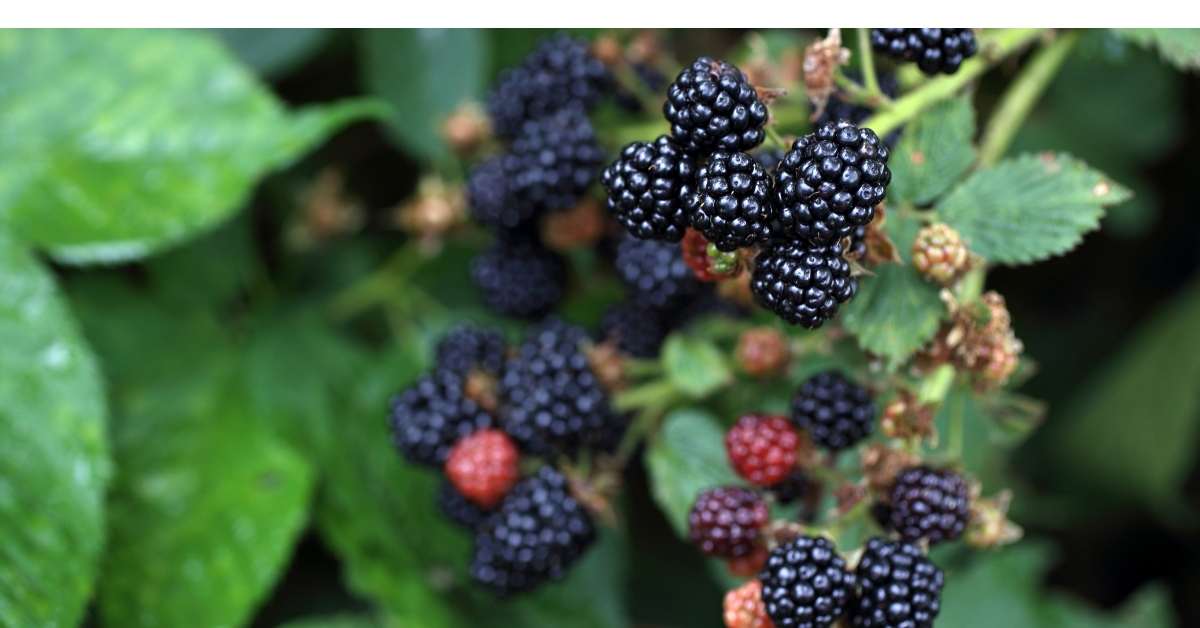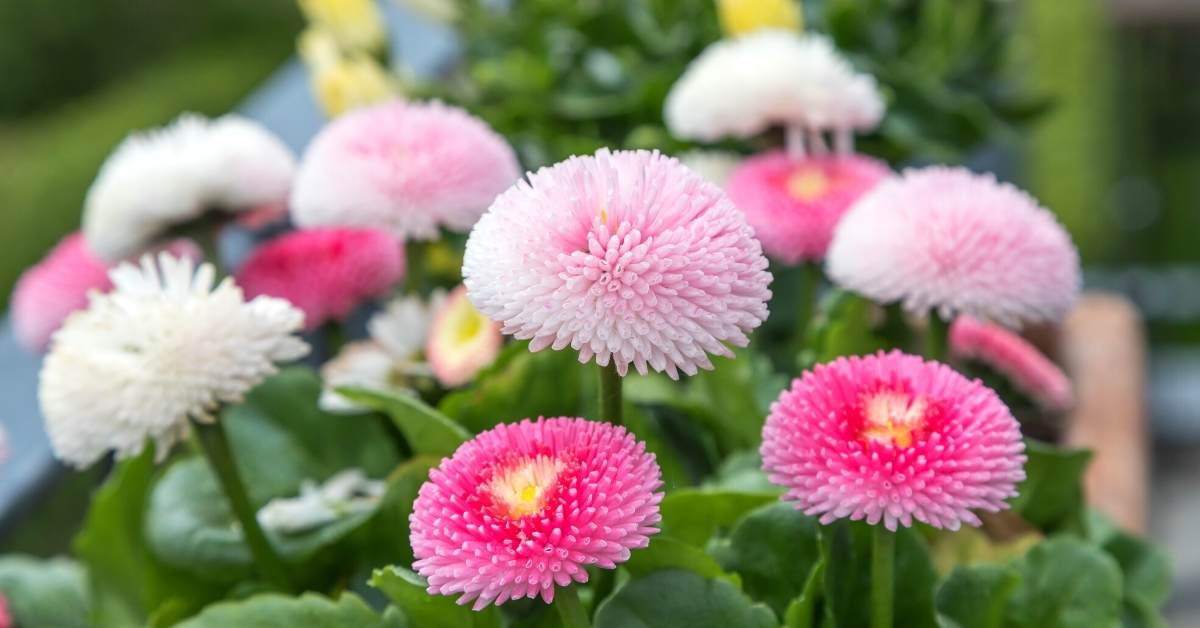When adding new plants and trees to gardens or yards, many people have trouble planting each plant appropriately. Many people don’t realize that each tree and plant is different and has different needs, both in planting and in care.
In this post, I will reveal the essential facts on how to plant an evergreen tree in your garden, choosing the right location, and what to do after planting it.
If these plants don’t get the appropriate care for their species, they are not able to grow to their full potential. Evergreens have very different planting needs than deciduous plants (plants that lose their leaves every fall and grow them back in the spring), and it is essential to keep these needs in mind when adding a new evergreen to the yard.
Choosing the Right Evergreen

It is always best to choose a species that already grows naturally in the climate you live in. If the species naturally grows in the area, it will most likely be a success. Whether you’re looking at evergreen shrubs or trees, it is crucial to take a close look at the plant’s leaves.
If the foliage is off-color, such as gray, yellow, or brown, the tree might have been damaged by drought or disease. Unlike deciduous plants, evergreens do not wilt; if the leaves don’t look healthy, most likely it means that the plant is not healthy. It is also important to look at the root system; the roots are what bring the tree its nutrients, so if the roots are healthy, the tree will grow better.
The health of a tree can differ significantly depending on where you buy your trees!
Tree nurseries usually provide better care to the tree after it is dug up or will ball and burlap the tree after you pick it out. Home improvement stores or distribution centers of trees that display already dug-up trees must provide the tree more attention just to keep it alive.
Where to Plant?

When choosing a place to plant, keep in mind the size of the full-grown tree; most evergreens add anywhere from 8 to 16 inches of new growth every year. Be sure to know how big the tree you get will become and have plenty of room for it to grow.
Remember that the tree may lose branches during a storm and could damage nearby structures or power lines if it is grown too close. It is also best to give evergreen trees plenty of exposure to sunlight on all sides.
When to Plant Evergreen Trees?
For many, spring is the optimal time to plant, and for evergreens, spring certainly has its benefits. If planting in the spring, plant just after the last frost and the ground has thawed. Cool-weather will not harm the tree, and the spring rain will benefit the new tree greatly.
Late spring frosts, unless extremely late, do not damage evergreen trees, so there is little harm in planting in spring. However, the spring season is not the only possible planting season when it comes to evergreen. Some choose to plant evergreens in the fall season.
When an evergreen is planted in the fall, there is limited stress on the plant through the transplanting process. In the fall, evergreens go into a dormant stage to prepare for the lower nutrient levels in the winter season. Planting in the fall can also be an advantage for an evergreen because it is already settled once the spring growing season begins.

There can be, unfortunately, a few negative consequences of planting in the fall. In the winter, the ground can freeze and thaw over and over again, which can harm the newly planted tree’s roots. Spreading mulch around the base of the tree can prevent this. Summer is never a good time to produce an evergreen. The plants do not usually survive this hot, dry season.
After planting Your Evergreen
Whether the evergreen tree is planted during the fall or spring, it is crucial that the plant gets adequate water. In the fall, the plant should be watered right up until the ground freezes. This way, the moisture can be locked into the ground, and the roots will not dry up over the winter. Spreading mulch over the base of the tree can also aid in keeping the moisture in the ground.

